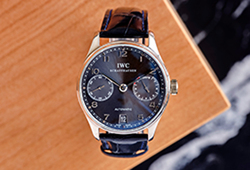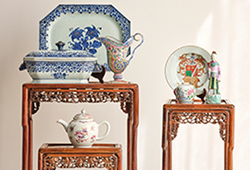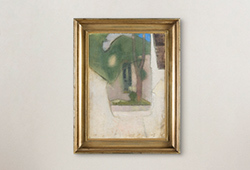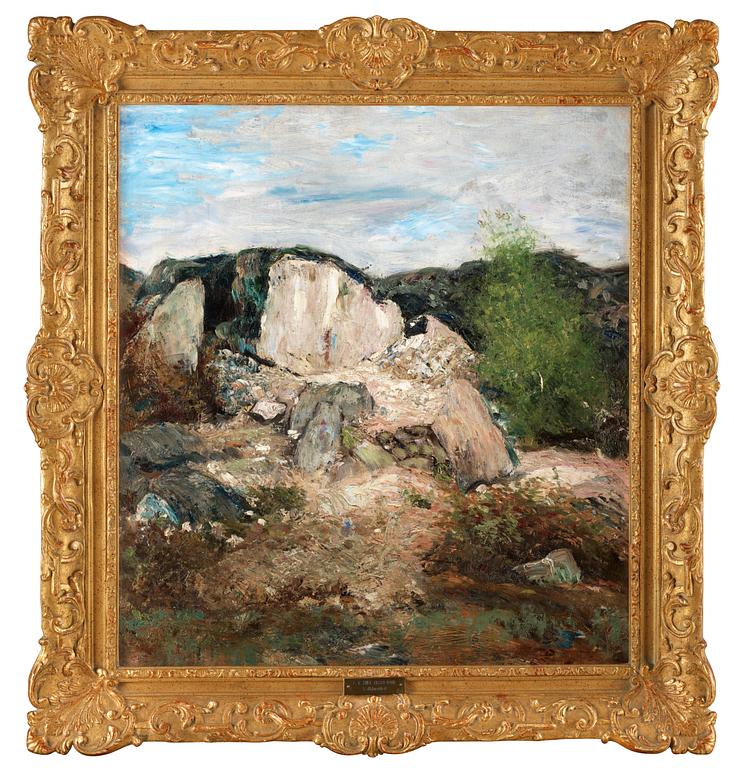Carl Fredrik Hill
"Kalkbrottet" (The Lime Quarry)
Traces of faint signature (C F HILL) on overlap of canvas underneath frame verso. Probably executed in Montigny September 1876. Relined canvas 70 x 63 cm.
Provenance
Sigge Björcks Konsthandel, Stockholm.
The collections of Engineer Carl Robert Lamm, Näsby castle, Sweden (acquired from above mentioned artdealer 1 September 1915).
Bukowski Auktioner, auction 226, 28-29 September 1920, lot 8 (under the title ”Kalkbrott”, reproduced, Pl. 3).
The collections of Mr Albert Sahlin, Eslöv.
Mr Bo Sahlin's collection, Eslöv (by inheritance).
Mr Jan Sahlin's collection, Stockholm (by inheritance).
Subsequently by inheritance to the present owner.
Exhibitions
Malmö Museum, "Carl Fredrik Hill -Retrospektiv utställning", 1933, cat no 76 (within Mr Albert Sahlin's collection, Eslöv).
Kungl. Akademien för de fria konsterna, Stockholm, "Carl Hill -Minnesutställning", 1933, cat no 75.
Färg och Form, Stockholm, "Carl Fredrik Hill (1849-1911)", February 1943, cat no 68 (within Mr Bo Sahlin's collection).
Malmö Rådhus, "Carl Fredrik Hill (1849-1911)", March 1943, cat no 61 (within Mr Bo Sahlin's collection).
Nationalmuseum, Stockholm, "Carl Fredrik Hill 1849-1911 -Minnesutställning", September - October 1949, cat no 155a (within Mr J. Sahlin's collection, Stockholm).
Nasjonalgalleriet, Oslo, Norge, Nordisk Kunstforbunds utstilling "Carl Fredrik Hill 1849-1911", 14 January - 12 February 1950, cat no 18 (under the title "Kalkbrudd").
The Arts Council of Great Britain, London, "Carl Fredrik Hill 1849-1911", 1955, cat no 2 (under the title "The Lime Quarry").
Hamburger Kunsthalle, Germany, "Carl Fredrik Hill. Ein Schwedischer Maler 1849-1911", March - April 1955, cat no 7 (under the title "Der Kalkbruch"), reproduced fullpage in catalogue page 15.
Kunstforeningen, Köpenhamn, "Carl Fredrik Hill 1849-1911", February 1956, cat no 9.
Nationalmuseum, Stockholm, "Carl Fredrik Hill", 1 October 1999 - 16 January 2000, cat no 31 (reproduced in colour in catalogue page 214).
Literature
"Konst i svenska hem", vol. II:8, mentioned and reproduced page 395 under collection 645; Mr Bo Sahlin, Skansen, Eslöv.
Viggo Loos, "Friluftsmåleriets genombrott i svensk konst 1860-1885", 1945, mentioned page 219 and also mentioned on page 340.
Erik Blomberg, "Carl Fredrik Hill. Hans friska och sjuka konst", 1949, mentioned page 46 and also reproduced on fullpage plate 9.
Adolf Anderberg, "Carl Hill. Hans liv och hans konst", 1951, mentioned in catalogue page 307 and also reproduced on fullpage Plate 57.
More information
.
Designer
Carl Fredrik Hill was a Swedish artist born in Lund. Hill is considered one of Sweden's formost landscape painters. His fate and artistry are perhaps the strangest but most interesting in Swedish art history. Born in an academic home in Lund, despite his father's protests, he managed to begin studies at the Art Academy in Stockholm and then traveled to France, where he came in contact with Corot's landscape painting. He found his inspiration in Barbizon and later on the River Oise, in Luc-sur-Mer and Bois-le-Roi. He painted frantically with the hope of being accepted into the Salon de Paris. Already during his student years, he struggled with an incipient mental illness and at the age of 28 he was taken to the mental hospital in Passy. During the hospital stay he began his rich production of drawings and then continued with the production after his return to Lund, where he was cared for by his family for the rest of his life. In thousands drawings, a fantasy world of figures scenes appears. Today, Hill's river landscape and flowering fruit trees from the years in France, together with the visionary drawings from the period of illness in Lund, have received great recognition. His art depicts a loneliness and longing that is easy to get caught up in. He is mainly represented at the Malmö Museum and at the National Museum in Stockholm.
Read more





















